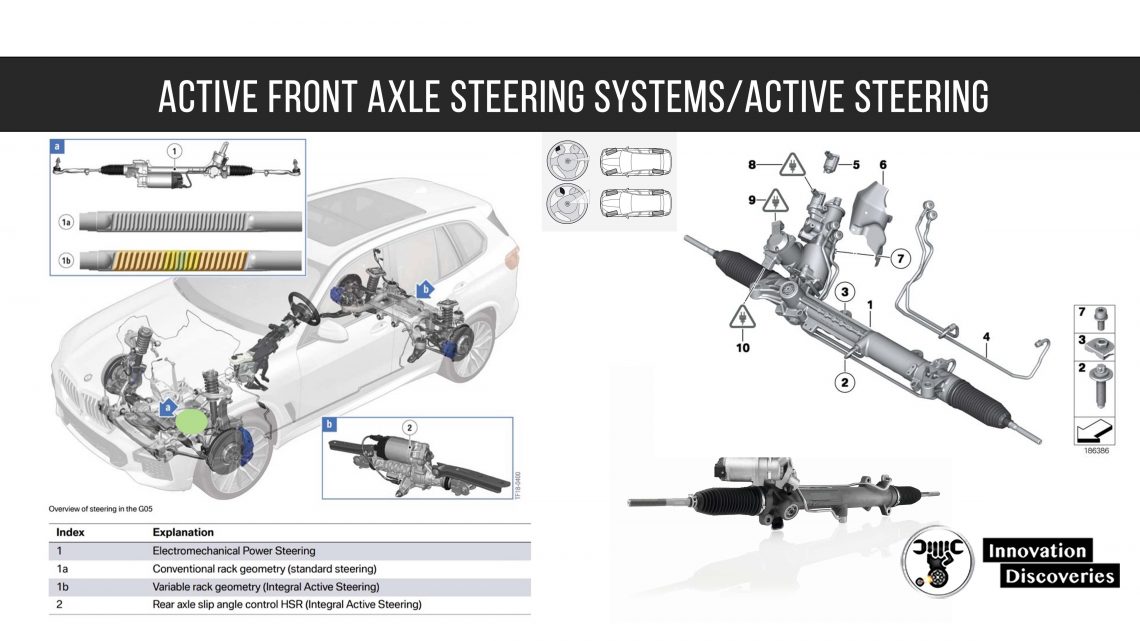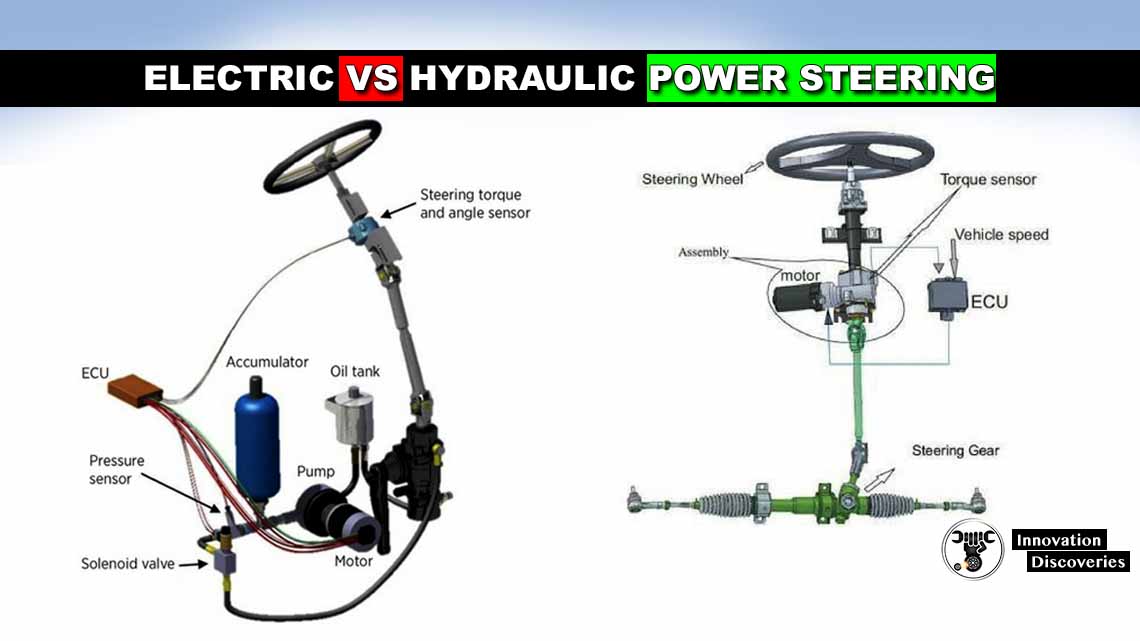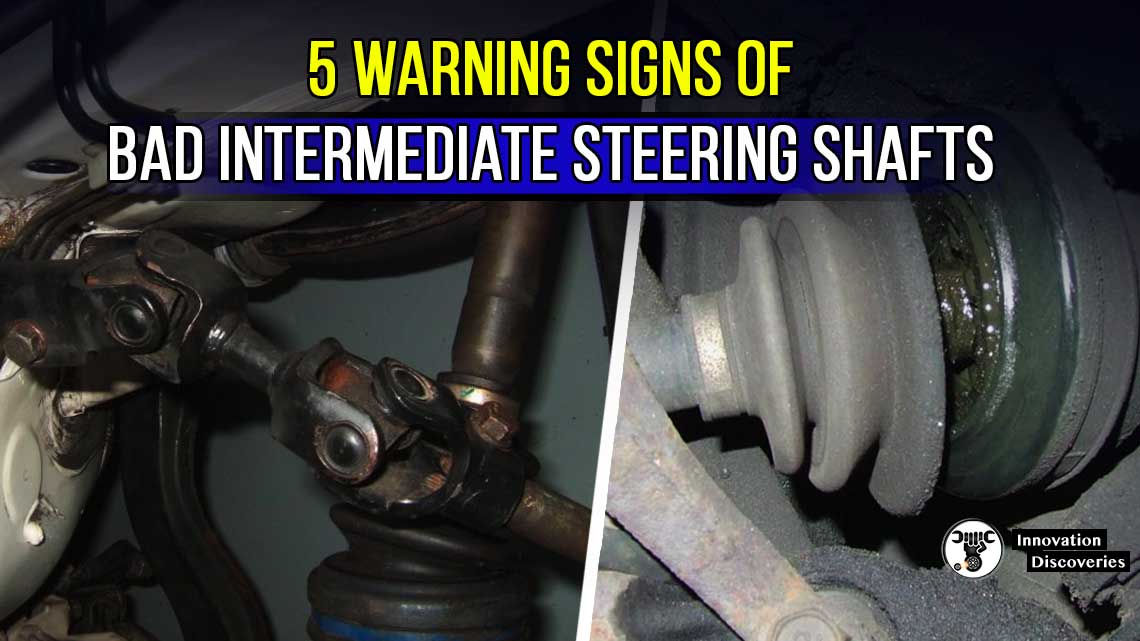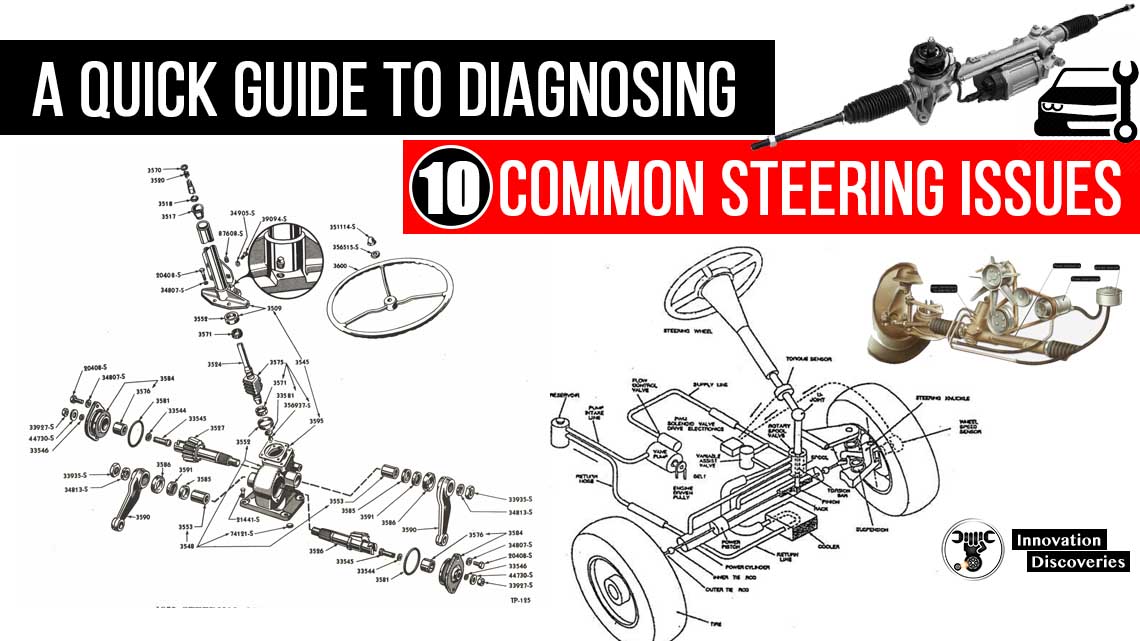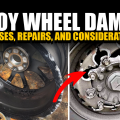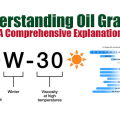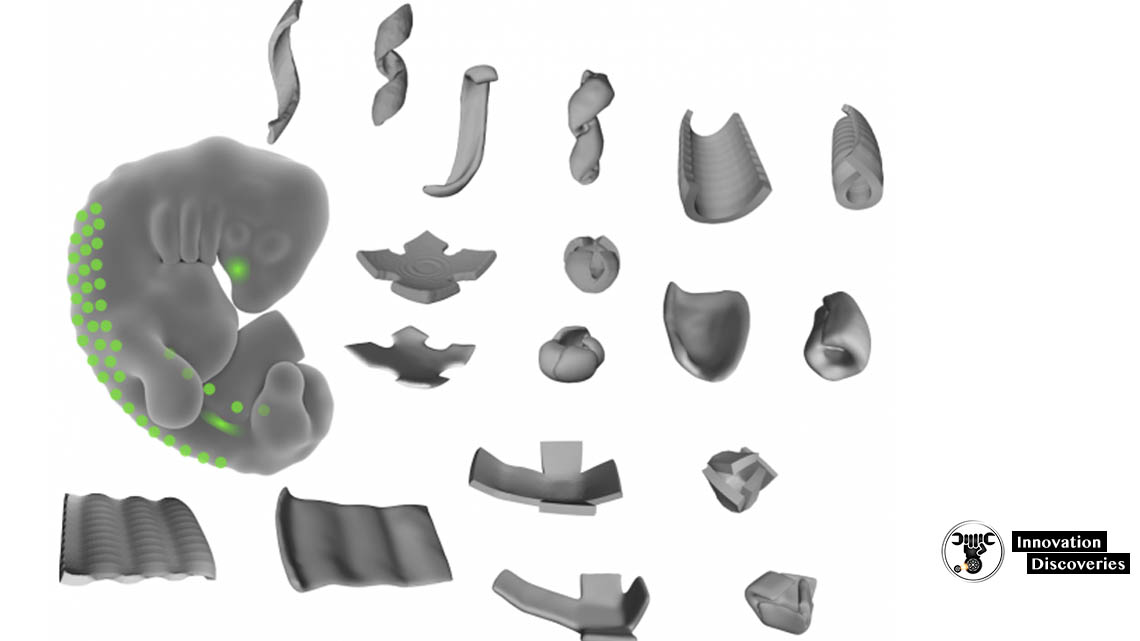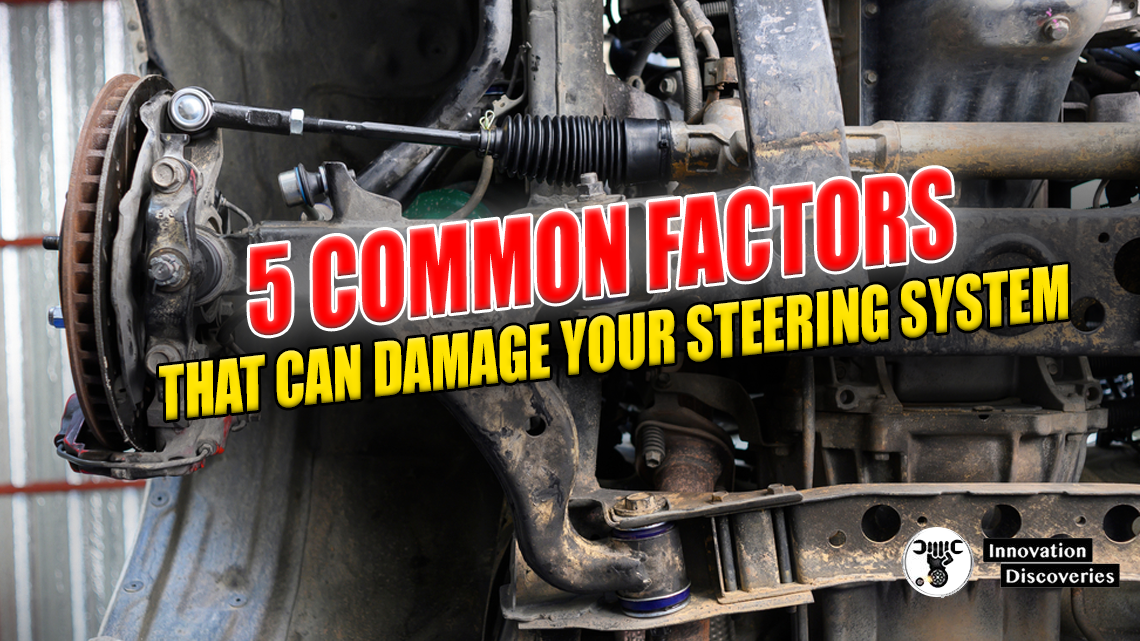
Introduction
The steering system of a vehicle plays a crucial role in ensuring safe and controlled driving. However, several factors can lead to damage and compromise the functionality of your vehicle’s steering system.
In this article, we will explore five common things that can potentially harm your steering system, highlighting the importance of proper maintenance and cautious driving.
1. Lack of Lubrication
Proper lubrication is vital for the smooth operation of the steering system. Components such as the steering rack, tie rods, and ball joints require adequate lubrication to reduce friction and wear. Failing to maintain sufficient lubrication levels can result in excessive strain on these parts, leading to premature wear, increased steering effort, and potential damage.

2. Potholes and Road Hazards
Hitting potholes, curbs, or other road hazards can have a significant impact on your vehicle’s steering system. The force generated from these impacts can misalign the steering system, bend components, or even damage the steering rack and tie rods. To minimize the risk of damage, it is essential to drive cautiously and avoid rough road conditions whenever possible.
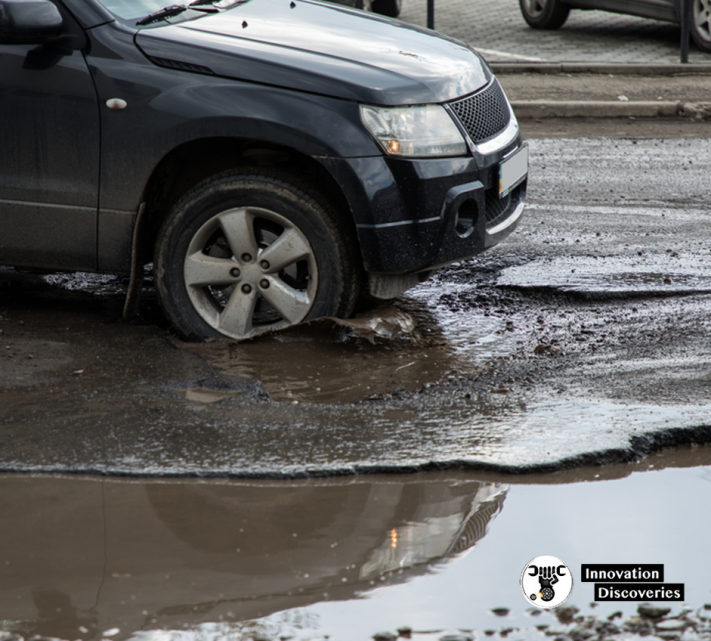
3. Overloading or Towing Beyond Capacity
Overloading your vehicle or towing weights beyond its recommended capacity can put excessive stress on the steering system. The increased load can strain components and compromise their structural integrity. Over time, this can result in accelerated wear, damage, or even failure of critical steering parts. Always adhere to the manufacturer’s guidelines regarding weight limits and towing capacity to protect your steering system.
4. Neglected Maintenance
Regular maintenance is key to preserving the health of your steering system. Neglecting routine maintenance tasks, such as changing the power steering fluid or ignoring wheel alignments, can contribute to steering system damage. Contaminated or degraded power steering fluid can cause internal component wear, while improper wheel alignment can lead to uneven tire wear and unnecessary strain on the steering system. Stay on top of maintenance schedules to ensure optimal steering system performance.
5. Improper Installation or Repairs
Improper installation of steering components or substandard repairs can have detrimental effects on the steering system. It is crucial to entrust any steering-related work to qualified professionals who follow proper procedures and use quality parts. Faulty installations or repairs can introduce misalignments, poor connections, or other issues that may compromise the integrity and functionality of the steering system.
Conclusion
Protecting and maintaining your vehicle’s steering system is essential for safe and reliable driving. By understanding the common factors that can damage the steering system, you can take proactive measures to mitigate risks.
Regular maintenance, cautious driving, and prompt attention to any signs of steering system issues will help ensure the longevity and optimal performance of your vehicle’s steering system. Remember, a well-maintained steering system translates into a smoother and safer driving experience for you and your passengers.
Discover More:
Read: ELECTRIC VS HYDRAULIC POWER STEERING
Read More:
- 3 COMMON SYMPTOMS OF LOW POWER STEERING FLUID
- ELECTRIC VS HYDRAULIC POWER STEERING
- HOW POWER STEERING WORKS?
- STEERING SYSTEM: REQUIREMENTS, TYPES, POWER STEER
Read More:
- HOW CAR SPRINGS AND DAMPERS WORK
- HOW AIR SUSPENSION SYSTEMS WORK
- 5 SUSPENSION MODS YOU SHOULD NEVER DO TO YOUR CAR
- A QUICK GUIDE TO DIAGNOSING 10 COMMON STEERING ISSUES
- 5 WARNING SIGNS OF BAD INTERMEDIATE STEERING SHAFTS
- 3 COMMON SYMPTOMS OF LOW POWER STEERING FLUID
- ELECTRIC VS HYDRAULIC POWER STEERING
- HOW POWER STEERING WORKS?
- STEERING SYSTEM: REQUIREMENTS, TYPES, POWER STEER
Visit Forum
Visit Our Friendly Website


